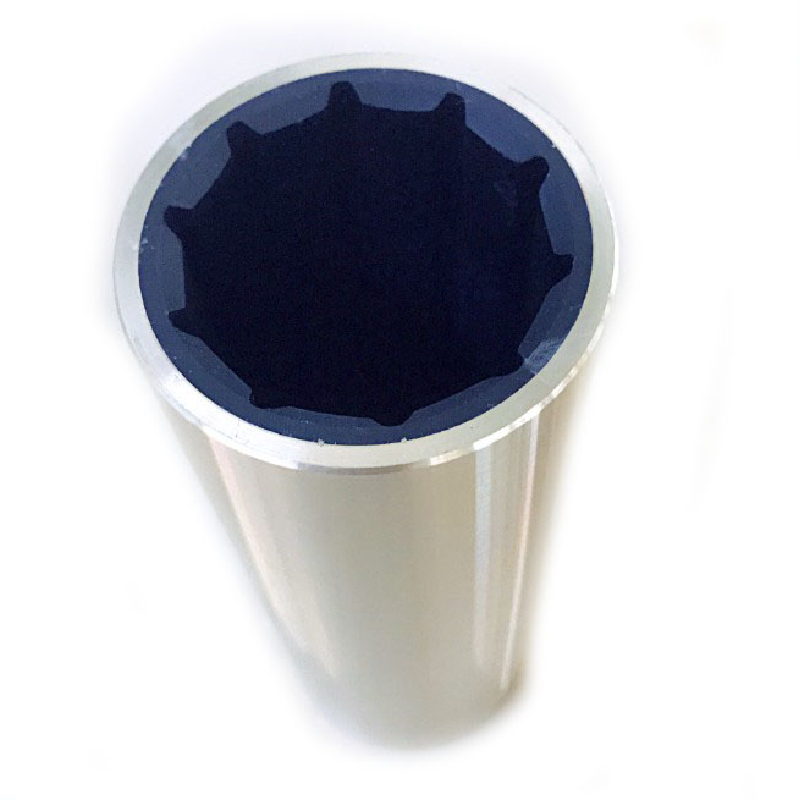Rack and Pinion Mechanism with Oil Seal for Enhanced Performance and Durability
The Importance of Rack and Pinion Oil Seals in Automotive Applications
In the world of automotive engineering, every component plays a critical role in ensuring the smooth operation and longevity of vehicles. One often-overlooked but essential component is the oil seal, specifically in systems utilizing rack and pinion steering mechanisms. Rack and pinion systems are widely favored in modern vehicles for their efficiency and responsiveness. Understanding the function and significance of rack and pinion oil seals is essential for both manufacturers and vehicle owners.
What is a Rack and Pinion Steering System?
A rack and pinion steering system converts rotational motion into linear motion, allowing the vehicle's wheels to turn. It consists of a circular gear, known as the pinion, that engages with a linear gear called the rack. When the driver turns the steering wheel, the pinion rotates, traveling along the rack and moving the vehicle's wheels in the desired direction. This system provides enhanced steering precision and responsiveness, making it a prevalent choice in modern automotive designs.
The Role of Oil Seals
Oil seals are crucial components in any system that involves moving parts, especially in rack and pinion systems. These seals prevent lubrication oil from leaking out of the system while preventing dirt, debris, and moisture from contaminating the internal mechanisms. Their primary function is to maintain the integrity of the lubrication system, which is necessary for reducing friction and wear between the moving components.
Why Rack and Pinion Oil Seals Matter
rack and pinion oil seal

1. Performance and Efficiency The performance of a vehicle depends heavily on the lubrication of its moving parts. In a rack and pinion steering system, sufficient lubrication ensures smooth operation and minimal friction. If oil seals fail, it can lead to oil leakage, which results in inadequate lubrication. This can cause increased wear, overheating, and ultimately, system failure. Therefore, the integrity of oil seals is paramount in maintaining the performance and efficiency of the steering system.
2. Safety A malfunctioning steering system can pose significant safety risks. If the oil seal fails and leads to loss of lubrication, the steering may become stiff or unresponsive, making it difficult for the driver to control the vehicle. This could result in dangerous situations on the road. Therefore, regular inspection and maintenance of oil seals are crucial for ensuring safe vehicle operation.
3. Cost Efficiency Regular maintenance of rack and pinion oil seals can significantly reduce repair costs associated with more extensive damage. Replacing a worn-out oil seal is a relatively inexpensive maintenance task compared to the cost of repairing or replacing an entire rack and pinion system. Preventive maintenance helps vehicle owners save money in the long run.
4. Longevity of Components The longevity of the rack and pinion assembly is closely linked to the condition of its oil seals. Properly functioning seals prevent contaminants from entering the system, thereby reducing the risk of premature wear. This not only extends the lifespan of the steering system but also improves the overall longevity and performance of the vehicle.
Conclusion
In conclusion, while rack and pinion oil seals may seem like small components in the vast machinery of a vehicle, their role is anything but insignificant. They are essential for maintaining performance, ensuring safety, and prolonging the life of the steering system. Regular maintenance and timely replacement of these seals can lead to a more reliable and efficient vehicle, making them an indispensable aspect of automotive engineering. For vehicle owners, understanding the importance of rack and pinion oil seals is crucial in maintaining the overall health and safety of their vehicles.
-
Simplifying Oil Changes: A Comprehensive Guide to Oil Drain Plugs and Their Variants
News Aug.04,2025
-
Mastering Oil Drain Maintenance: Solutions for Stripped, Worn, and Upgraded Oil Plugs
News Aug.04,2025
-
Fixing Oil Pan Plug Issues: Leaks, Stripped Nuts, and the Right Replacement Solutions
News Aug.04,2025
-
Everything You Need to Know About Oil Drain Plugs: Sizes, Fixes, and Upgrades
News Aug.04,2025
-
Choosing the Right Oil Drain Plug: A Guide to Sizes, Materials, and Drain Innovations
News Aug.04,2025
-
A Complete Guide to Automotive Drain Plugs: Types, Problems, and Innovative Solutions
News Aug.04,2025
-
The Ultimate Guide to Car Repair Kits: Tools and Essentials Every Driver Should Own
News Aug.01,2025
Products categories















